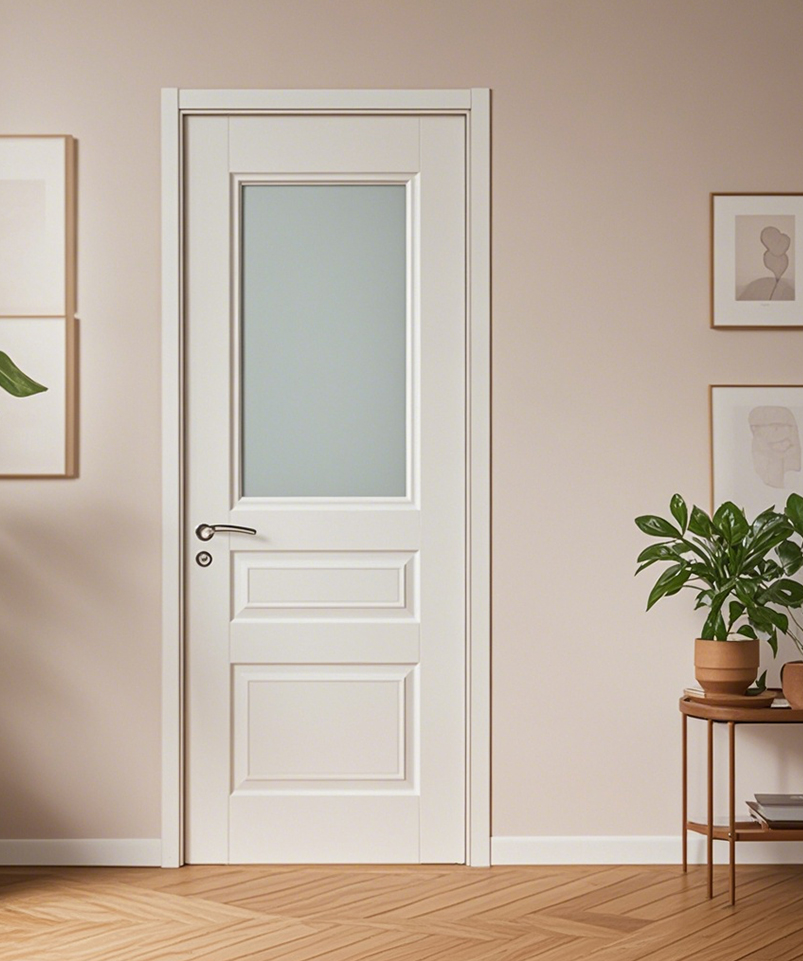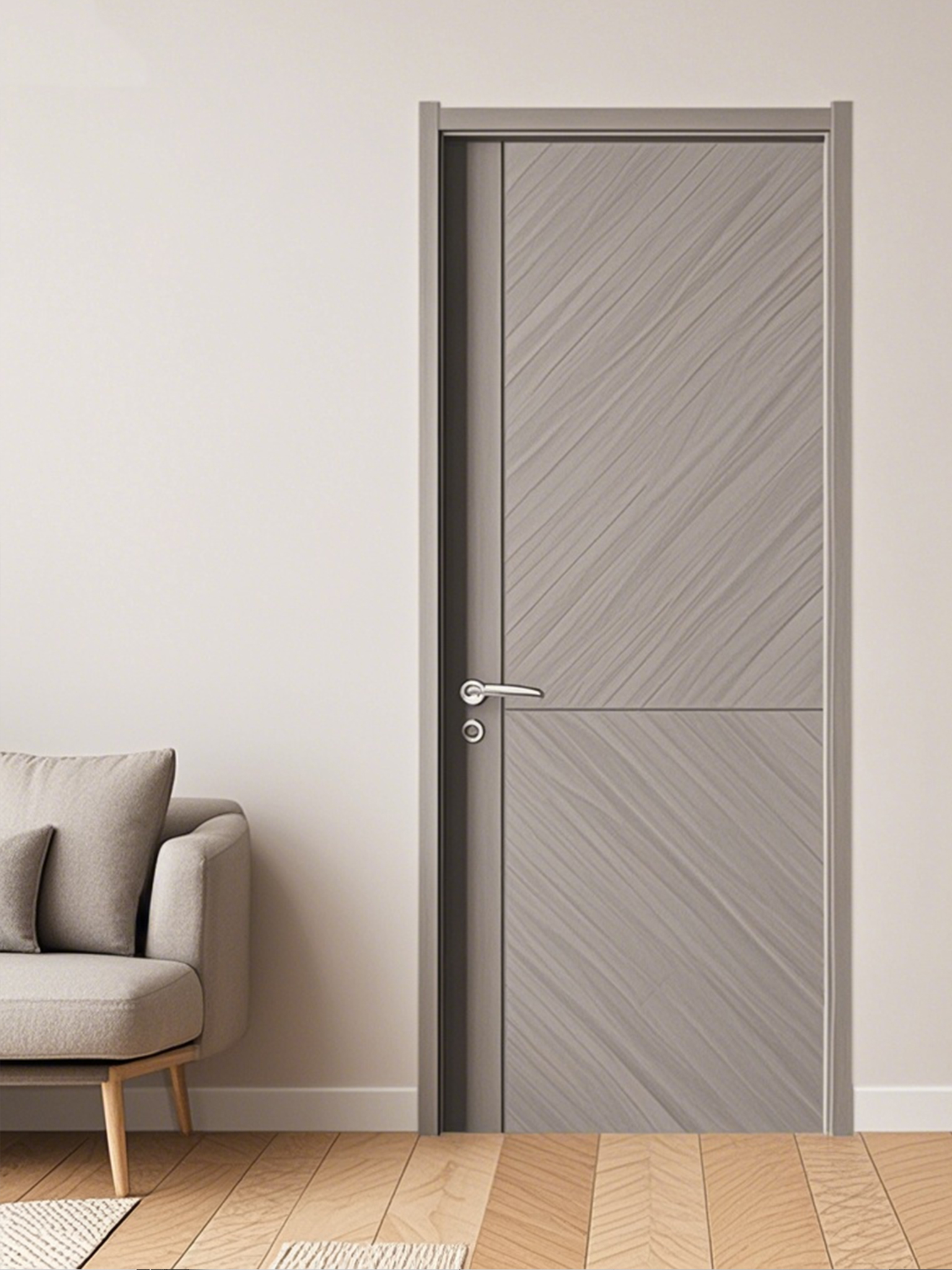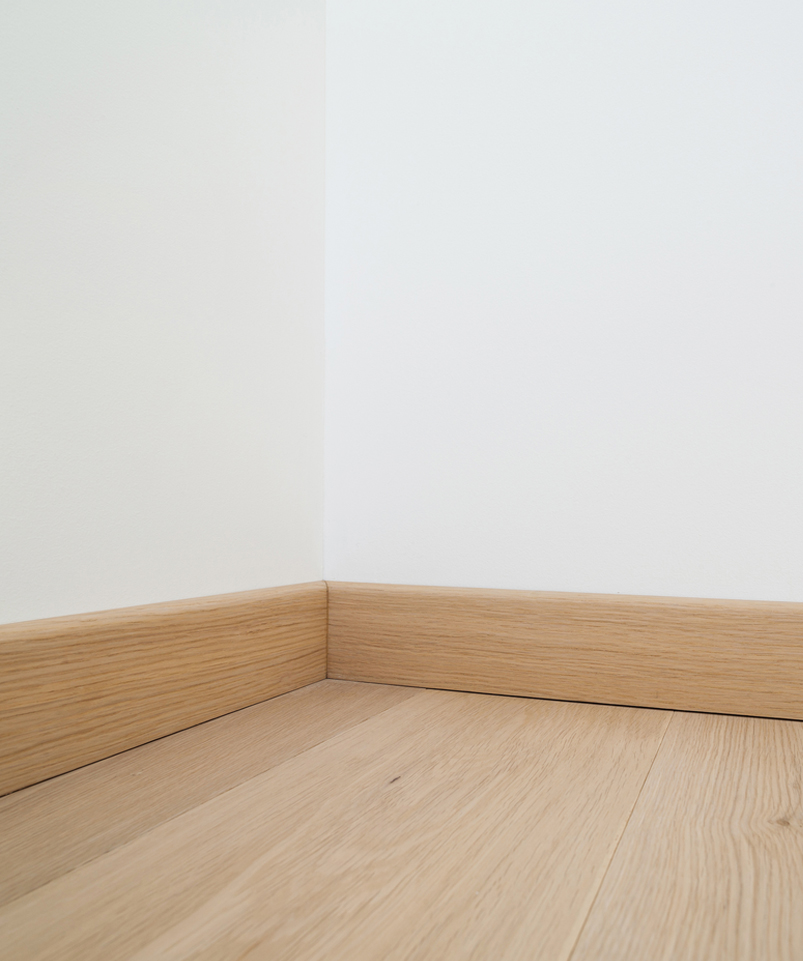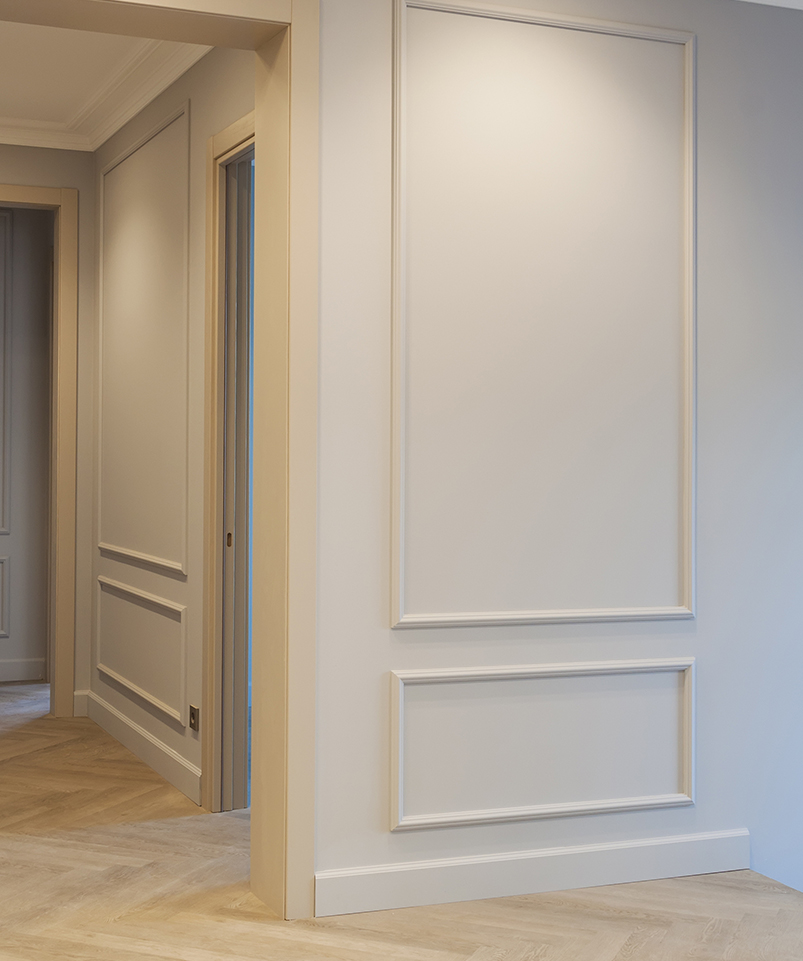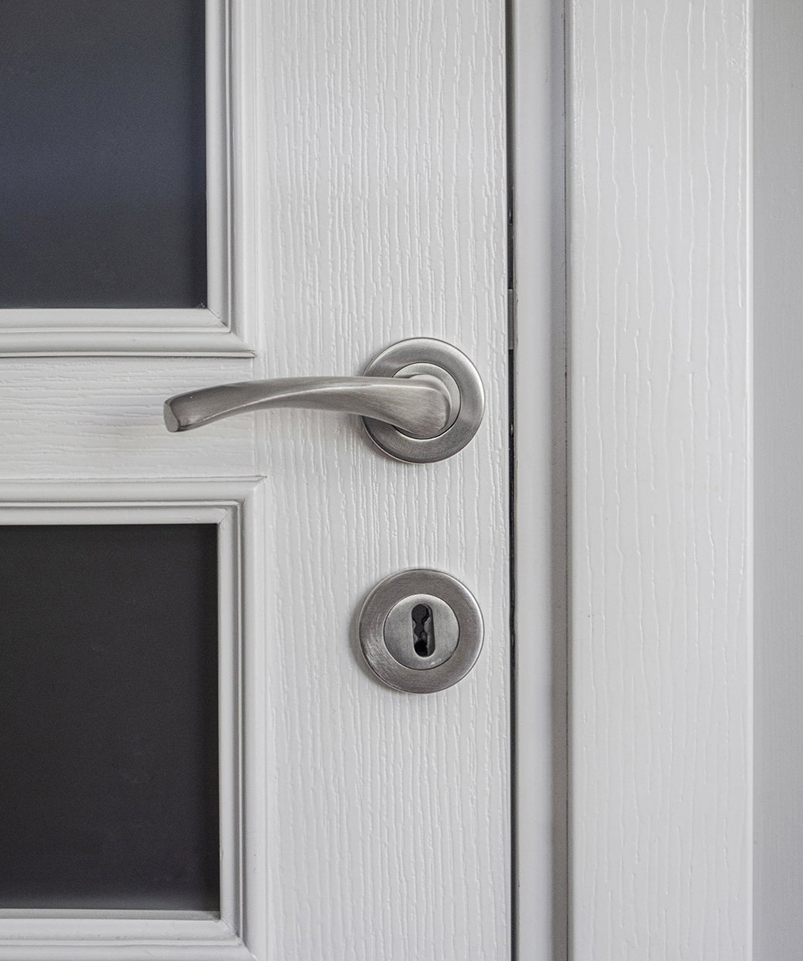WPC Bathroom Doors: A Durable and Economical Choice Transforming Interior Spaces
In today’s fast-evolving construction and interior design market, WPC Bathroom Doors are gaining widespread attention for their outstanding combination of durability and affordability. Made from a mixture of wood fiber and thermoplastics, Wood Plastic Composite (WPC) has emerged as a sustainable material that offers several benefits over traditional wooden or PVC doors, especially in high-moisture areas like bathrooms.
Rising Demand Across Residential and Commercial Sectors
The surge in urbanization and modern housing projects has accelerated the demand for bathroom doors that can withstand damp environments without compromising on style or function. WPC Bathroom Doors are fast becoming the preferred solution for developers, homeowners, and architects alike due to their long-lasting performance and budget-friendly nature.
Unlike conventional wooden doors that are prone to swelling, warping, or rotting when exposed to humidity, WPC Bathroom Doors remain dimensionally stable. Their water-resistant nature makes them ideal for use in bathrooms, where exposure to moisture is a daily reality. The blend of plastic polymers and wood fibers ensures a high degree of structural integrity, even in the harshest of indoor environments.
Cost-Effective Without Sacrificing Quality
One of the key drivers behind the growing popularity of WPC Bathroom Doors is their cost-effectiveness. These doors offer excellent value over their lifecycle, as they require minimal maintenance and have a longer lifespan compared to their wooden or steel counterparts. With rising construction costs, choosing materials that reduce long-term expenses has become a critical decision-making factor for builders.
What makes WPC Bathroom Doors particularly economical is their ease of installation and the elimination of recurring maintenance costs like repainting, polishing, or termite control. They also do not require expensive hardware or finishing procedures, further lowering the total project cost.
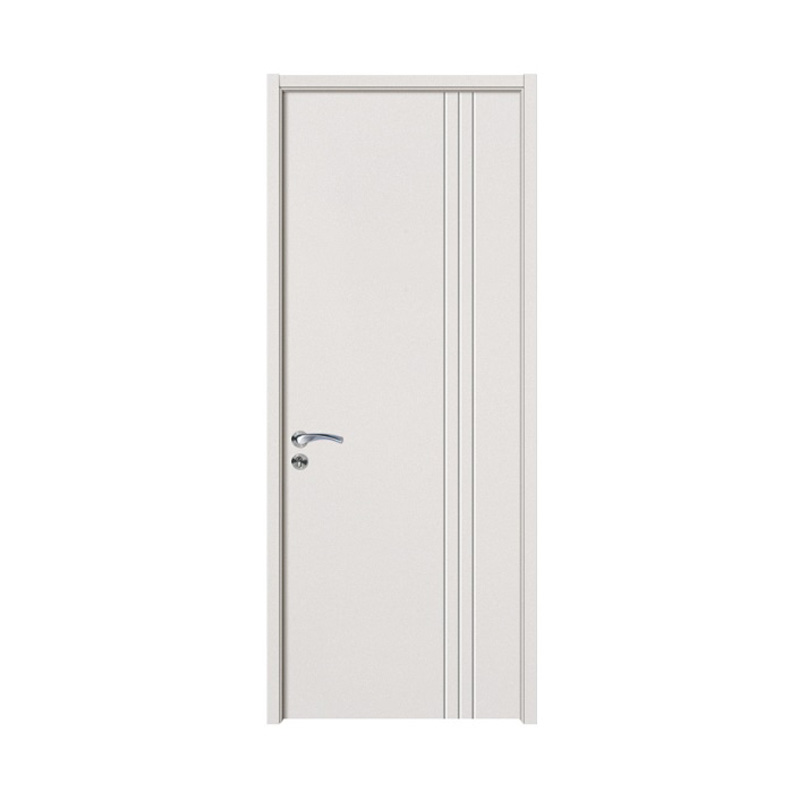
Durability That Withstands Daily Wear and Tear
Durability is another significant advantage of WPC Bathroom Doors. Designed to resist corrosion, impact, and deformation, these doors stand up well to daily usage. Their non-porous surface prevents water absorption, which not only protects the door’s structure but also discourages the growth of mold and mildew—a common concern in bathrooms.
Thanks to their strength and rigid composition, WPC Bathroom Doors are resistant to scratching, denting, and chipping. This makes them a practical option for households with children or in high-traffic commercial spaces such as hotels, offices, and public restrooms.
Eco-Friendly and Sustainable Solution
Sustainability is another factor contributing to the adoption of WPC Bathroom Doors. Manufactured using recycled wood and plastic waste, these doors help reduce the demand for virgin timber, thereby contributing to forest conservation. Their recyclable nature aligns with green building certifications and environmental practices, making them a smart choice for eco-conscious projects.
Moreover, unlike traditional doors that may contain formaldehyde or other harmful chemicals, WPC Bathroom Doors are free from toxic emissions, ensuring safer indoor air quality. Their production process also generates minimal waste, further enhancing their environmental credentials.
Versatility in Design and Customization
Beyond their technical advantages, WPC Bathroom Doors also offer aesthetic appeal and customization options. Available in a wide range of textures, colors, and finishes, they can easily complement diverse interior themes—from modern minimalist to classic elegance. Whether it’s a solid panel design or a door with intricate inlays, WPC Bathroom Doors can be tailored to suit personal preferences and architectural requirements.
Designers appreciate the creative flexibility these doors provide, as they can be embossed, painted, or laminated without compromising their core properties. This allows for personalized solutions that meet both visual and functional needs.
Market Outlook and Industry Adoption
As the construction industry continues to shift towards smart, low-maintenance materials, the demand for WPC Bathroom Doors is expected to grow exponentially. Manufacturers are investing in advanced production technologies to enhance door quality, reduce costs, and expand their product offerings. With improved supply chain efficiencies and rising consumer awareness, WPC Bathroom Doors are poised to dominate the mid- to high-end segment of the bathroom door market.

 English
English русский
русский عربى
عربى



